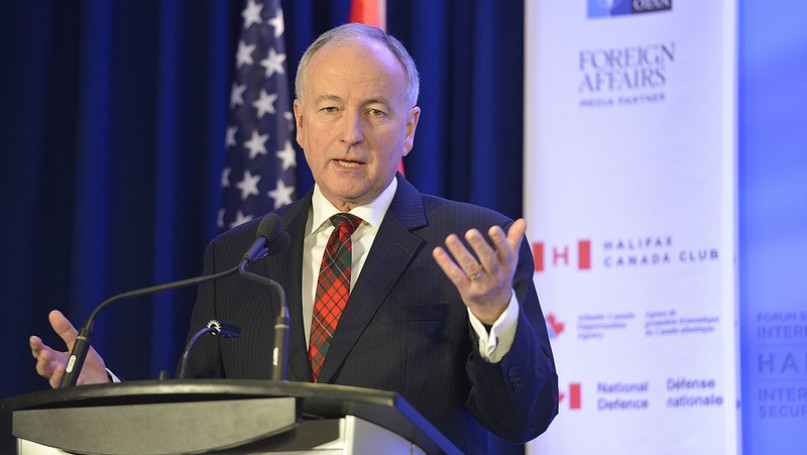
On Tuesday, Feb 11, the Canadian government introduced its new budget to widespread boredom. This year’s budget has very little substance to it and many anticipate that the governing Conservative Party is setting itself up to announce a balanced budget early in 2015 just months before Canada’s next federal election. Great politics, bad policy.
Among the lowlights of the budget was the announcement that defence capital spending planning for the coming year would now be delayed. According to the budget document: “To ensure that funding for vital National Defence equipment is available for planned requirements, the government is shifting $3.1 billion of National Defence funding for major capital procurements to future years in which key purchases will be made.” This is yet another major blow to Canada’s defence strategy as this move prevents the purchase of vital capital purchases necessary for the implementation of the government’s own Canada First Defence Strategy announced in 2008 (and still purely mythical).
This decision delays the purchasing of key military assets such as helicopters, search and rescue planes, army trucks, rifles for Canada’s Arctic ranger force, and armoured vehicles.
A key component of Canada’s problem with its defence infrastructure is its procurement processes that have been heavily scrutinized in recent years, and for good reason. The Canadian military was recently stripped of its procurement powers that have now been reallocated to bureaucracies in different departments. There is no doubt the Canadian Forces need new equipment but they can’t seem to find a transparent and legal process through which to buy their resources.
Naturally the question becomes whether Canada’s military has what it needs to operate. Canada’s rhetoric on issues like human rights and Arctic sovereignty require at least some military involvement and now it looks as if Canada may be unable to reinforce its claims on such issues. Of course, Canada’s ability to do so effectively prior to this week’s budget is doubtful based on its status as a middle power, but Canadians have always taken great pride in punching above their weight and with ongoing cuts to the Forces, the identity and operability of Canada’s military become unclear.
Canada is not the only western nation coping with such issues but its inability to implement a procurement process that stands the test of effectiveness and accountability is especially embarrassing. One also wonders what bureaucrats in departments such as Public Works or Government Services know about military operability. In this way, Canada’s national security has been seriously impacted and not for the good.
Further Reading on E-International Relations
- Opinion – Poland’s Territorial Defense Forces: A Solution for Revitalizing Canada’s Reservists
- Opinion – Canada’s Armed Forces: On the Brink?
- An Unlikely Alliance? Canada-Japan Relations in the Justin Trudeau Years
- Opinion – Khalistan’s Impact on India-Canada Relations
- Subsidiarity and Fiscal Federalism in Canada
- Opinion – Taiwan Could Be to China What Canada Is to the US